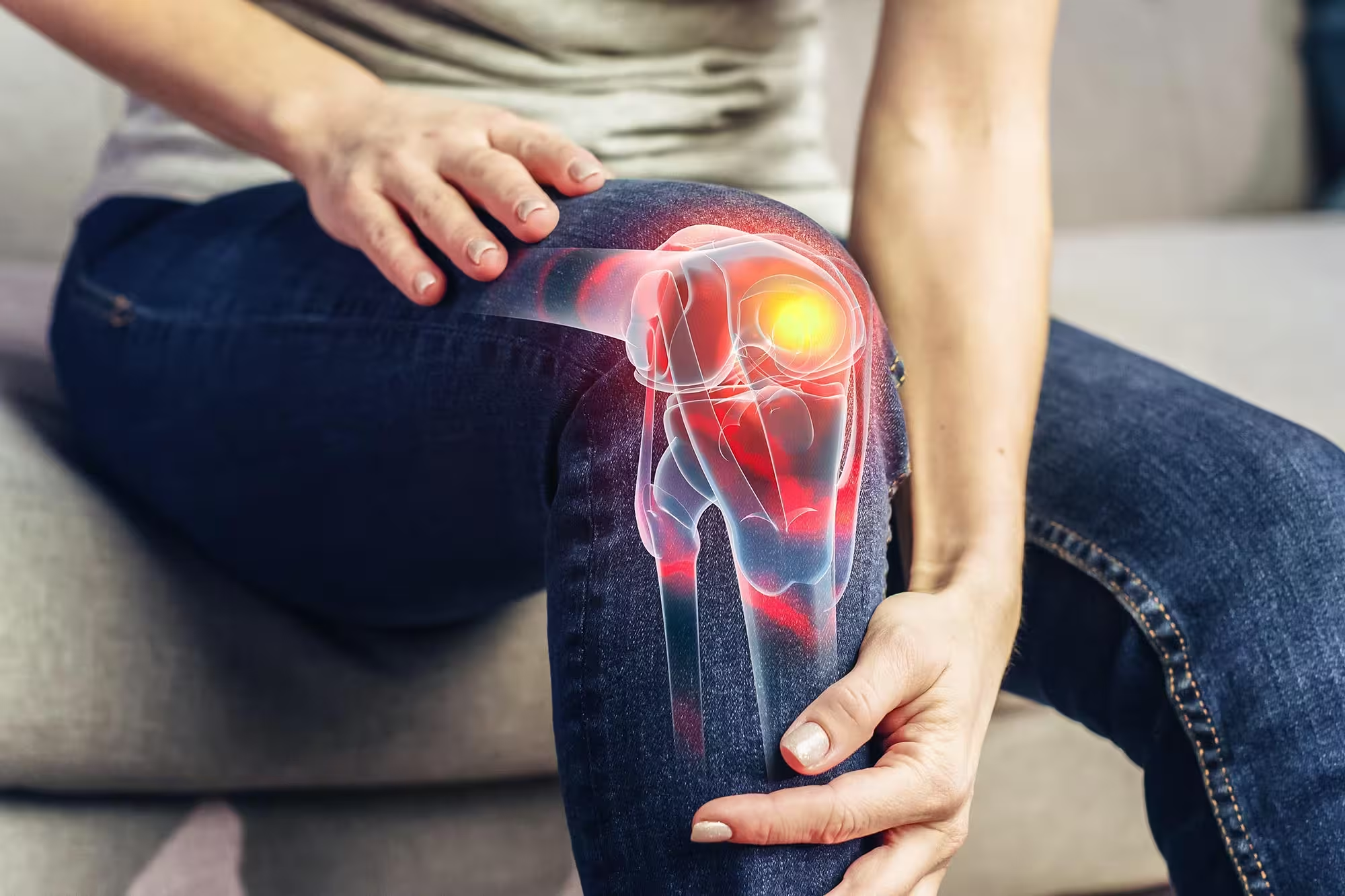4 Minutes
New research suggests that everyday therapies, such as knee braces, water-based exercise, and physical activity, may offer the best relief for knee osteoarthritis without the risks of traditional drugs. Credit: Shutterstock
Study overview and scientific context
Knee osteoarthritis (KOA) is a leading cause of chronic pain and functional loss among older adults worldwide. Typical medical management often relies on nonsteroidal anti-inflammatory drugs (NSAIDs) or other analgesics, which can reduce pain but carry known gastrointestinal and cardiovascular risks. To identify safer, lower-cost alternatives, researchers led by Yuan Luo at the First People’s Hospital of Neijiang performed a large network meta-analysis of non-drug interventions for KOA, pooling results from 139 randomized clinical trials and nearly 10,000 participants.
The investigators compared 12 non-pharmacological approaches — from knee bracing, insoles and kinesiology tape to laser therapy, electrical stimulation, hydrotherapy (warm-water exercise), land-based exercise programs, shock wave and ultrasound therapies. Network meta-analysis permits indirect comparisons across many interventions and produces a relative ranking of effectiveness for outcomes such as pain, stiffness and functional mobility.
Key findings: which therapies worked best
Across pooled outcomes, knee braces were consistently associated with the largest benefits for pain reduction, improved physical function and decreased stiffness. Hydrotherapy — therapeutic exercise conducted in warm water — ranked highly for pain relief, likely because water buoyancy reduces joint load and supports movement. Conventional exercise programs (strength, aerobic or mobility training performed on land) also produced reliable, clinically meaningful improvements in both pain and functional measures.
High-intensity laser therapy and extracorporeal shock wave therapy demonstrated modest positive effects in some studies, while therapeutic ultrasound showed the weakest performance overall in this meta-analysis. The broad takeaway: relatively simple mechanical and exercise-based strategies outperformed many high-technology options in this evidence set.

Quantitative scope
The analysis synthesized data from 139 trials and nearly 10,000 patients, allowing comparisons across multiple endpoints. While exact effect sizes varied by outcome and intervention, the consistent top-ranking of braces, hydrotherapy and exercise supports prioritizing these approaches in conservative KOA management.
Clinical implications, limitations and next steps
The authors conclude that physical therapy modalities — particularly bracing, water-based exercise and structured exercise programs — can offer meaningful, drug-free symptom relief for people with KOA and may reduce reliance on medications that pose systemic risks. This has implications for clinical guidelines and for health systems aiming to deliver cost-effective care.
However, the authors caution that heterogeneity among included trials (different study designs, variable sample sizes, inconsistent treatment durations and outcome measures) limits the precision of the rankings. The analysis cannot fully resolve which patient subgroups will benefit most from each therapy or the optimal combinations and dosing. Future randomized studies should test combined interventions (for example, brace plus exercise) and report cost-effectiveness, long-term outcomes and adherence metrics.
Expert Insight
Dr. Emily Hart, a fictive physiotherapist and science communicator with clinical experience in musculoskeletal care, comments: “This meta-analysis reinforces what many clinicians see in practice — simple, low-risk interventions can deliver substantial benefit. Braces and water-based exercise reduce mechanical stress and enable patients to build strength with less pain. The key challenge is access and adherence: programs must be tailored, affordable and supported by follow-up so people keep exercising.”
Conclusion
The network meta-analysis led by Yuan Luo and collaborators identifies knee bracing, hydrotherapy and structured exercise as the most effective non-drug treatments for knee osteoarthritis among the 12 approaches reviewed. While high-tech modalities showed mixed or limited benefit, accessible interventions that modify joint loading and promote movement consistently improved pain and function. Clinicians and patients should consider these evidence-based, lower-risk options as frontline elements of conservative KOA care, while future trials refine optimal combinations, durations and cost-effectiveness.
Source: scitechdaily


Leave a Comment